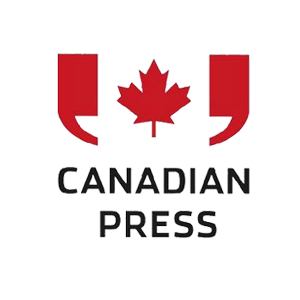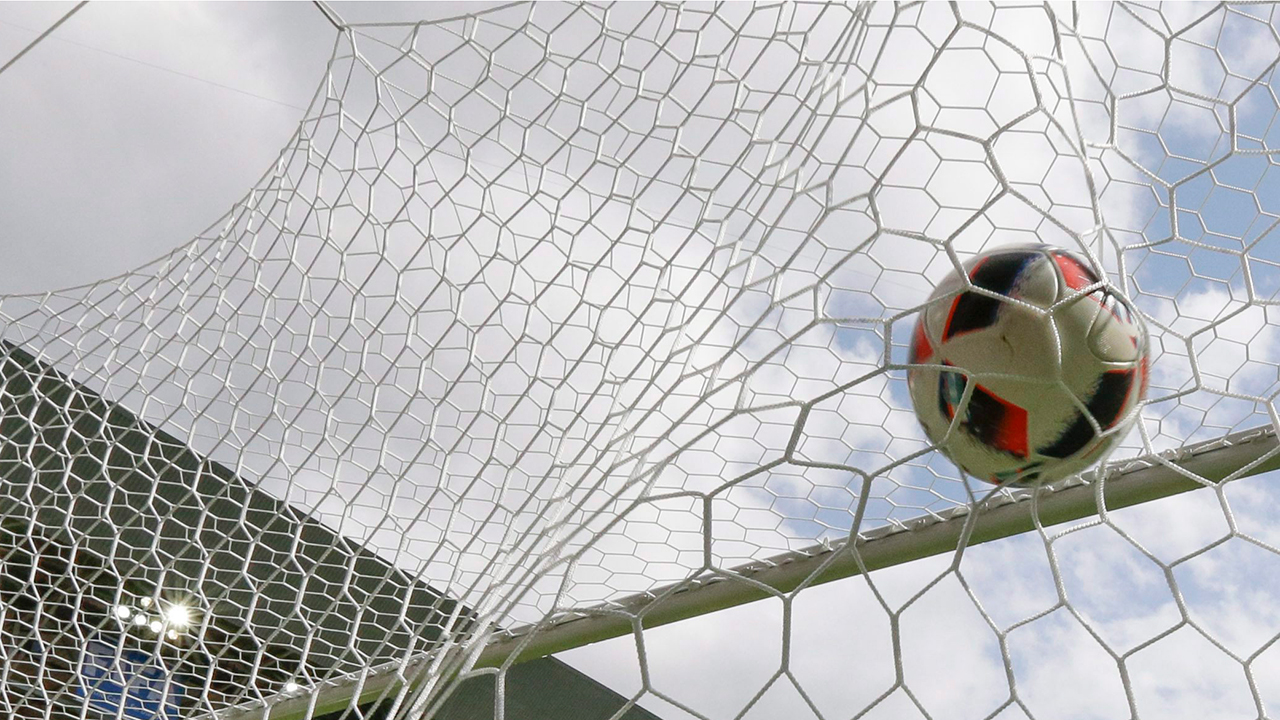Toronto FC has long talked of turning BMO Field into a fortress. That has yet to happen but a $150-million renovation is turning the once bare-bones lakefront venue into a proper stadium — as well as a home to the CFL Argonauts.
While TFC plays its first eight games on the road, giant cranes have been installing a canopy roof over the east, west and south stands at the 10-year-old stadium. A new sound and lighting system is also being installed. Plus the venue is being configured to accommodate CFL football.
Toronto FC, which for the second year in a row has had to open the MLS season with an extended road trip due to the renovations, will finally get to play in its new home May 7 when it hosts FC Dallas.
"We can’t wait," said captain Michael Bradley.
Stage 1, which took place after the 2014 season, saw a 8,400-seat second tier as well additional washrooms and concessions added to the east stand. A new video board was installed while the east and west stands were linked by a concourse above the south stand.
Neil Barrows, a senior project manager with PCL, has supervised both stages of the renovation. BMO Field has become a second home for him.
"This stadium definitely is my baby," he said. "I get a lot of phone calls from co-workers and friends driving by on the Gardiner (Expressway) and the Lake Shore (Boulevard), asking me if we’re going to be ready for May 7. And for sure, we will be."
BMO Field, whose construction was linked to the 2007 FIFA U-17 World Cup and an MLS expansion team, was built on a shoestring stadium budget of $62.9 million.
"This is going to be a very basic, basic stadium," Bob Hunter, then executive vice-president of Maple Leaf Sports & Entertainment, said during construction in 2006.
Hunter, now MLSE’s chief project development officer, was right. Still a fervent fan base fell in love with its soccer team and BMO Field, owned by the city and operated by MLSE, rocked during games. As the MLSE-owned team struggled on the field, however, BMO Field was no longer the happening place to be.
MLSE has spent millions on and off the field since to remedy that. Marquee players like Bradley and Italian star Sebastian Giovinco led the team to the post-season, albeit briefly, for the first time last year.
The first round of renovations — with its expanded seating and premium fan options — will help MLSE pay the bills. The second should make the stadium a more enjoyable sporting experience, with cover and an improved sound adding to the atmosphere.
Each stage cost some $75 million.
Stage 2 involved fewer workers — the maximum on site was 150 compared to 400 for the first stage — but was more challenging from an engineering standpoint.
"Riskier, more intense, a lot more weather-dependent," said Barrows.
The weather co-operated for the most part, although high winds occasionally replaced frigid cold as the workers’ enemy.
One of the most challenging aspects of Stage 2 was just getting materials and equipment to the site. A giant crane, originally from the Netherlands, came in on 100 tractor-trailers. Hundreds more brought in the steel needed.
Barrows estimates as many as a thousand tractor-trailers will have been used by the time the last roof panel and 100,000-plus bolts are in place.
The jumbo crane is so large that it has to move on a thick bed of timber "or it will go right through the asphalt," Barrows explained.
With help from a slightly smaller crane, the 490-tonne (980,000-pound) south canopy, which measures 115 by 21 metres, was lifted in one shot. The canopies above the east and west stands are made up of multiple smaller panels (30 by 12 metres).
The old lighting system was mounted on four poles. The new system has 500-plus lights spread around the roof.
Configuring the stadium for CFL is costing $20 million with the Argos, whose owners also have a sizable stake in MLSE, picking up half of that as well as the full cost of the 10,000 square-foot dressing room being built under the east stand.
The CFL visitors’ locker-room, which measures 6,000 square feet, encompasses the existing MLS visitors’ locker-room. The space can be expanded for football or made smaller as needed.
A new natural grass field is scheduled to be laid this week, weather permitting.
The CFL endzones will be artificial turf but will be covered up during soccer games by some six rows of temporary seats at each end. Hunter says the stadium should look the same for soccer as it always does.
As for the football lines on the field, Hunter is confident they have the technology and time to remove them before the next soccer game kicks off.
The roof will help cover fans but don’t expect total protection. There is a gap between the canopy and seats which may eventually be covered by a windscreen. But it can’t be closed totally because of structural issues.
The space is especially big over the south stand where room has been left to fit in temporary seating for Grey Cup, the Winter Classic or other special events.
The capacity for a Toronto FC game remains the same at 30,000. It will just under 27,000 for the Argonauts, whose regular-season home opener is June 23.
The new-look BMO Field should be able to accommodate 35,000 to 38,000 for the Grey Cup and Winter Classic.
As for future renos, Hunter says there is work to be done to make the walkways and concession areas more efficient. But that likely won’t happen for a few years.









